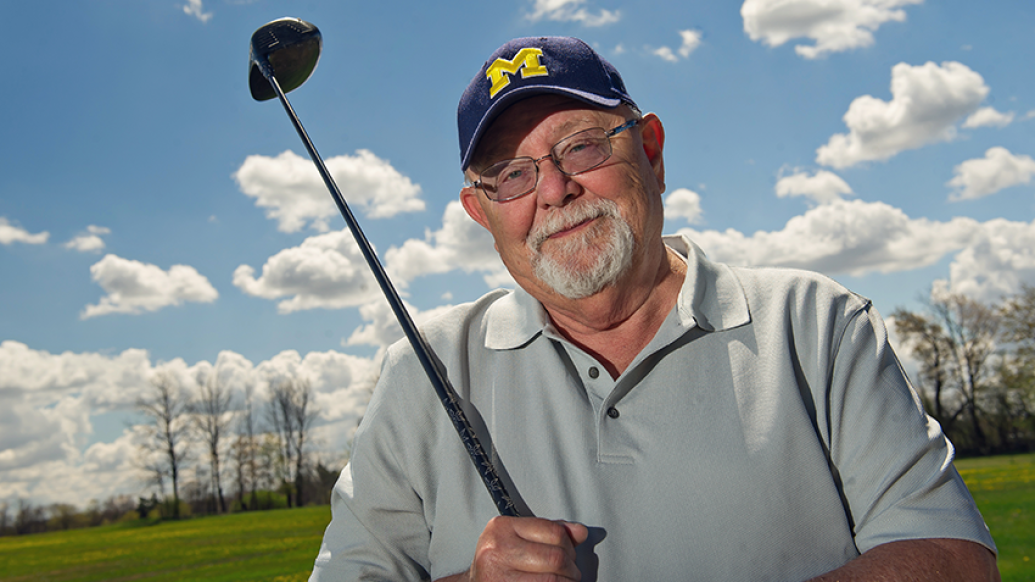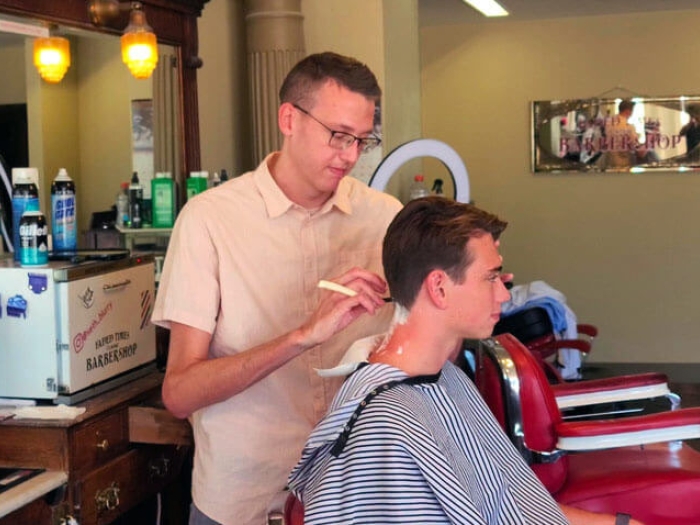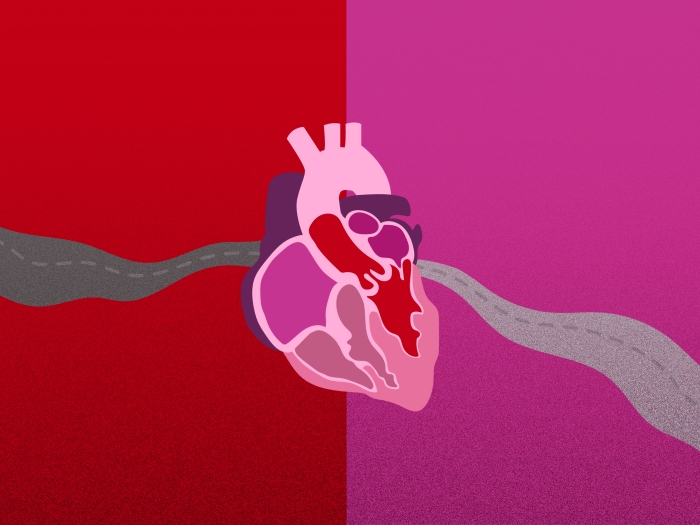Circumstances differ by patient, but there are ways for doctors to tell when an enlarged aorta requires surgery, medication or observation
3:00 PM
Author |

This article was updated on September 22, 2023.
If you've been diagnosed with an enlarged aorta, a condition affecting the main artery that carries blood from the heart to the rest of the body, you likely have many questions.
MORE FROM MICHIGAN: Sign up for our weekly newsletter
How big is too big? When should I be worried? What does "watchful waiting" mean? Are there any early warning signs before it bursts?
After learning that he had a total of five aortic enlargements, Bob Stephens, pictured above, had all of those concerns and more.
"It's awfully scary," said 72-year-old Stephens of Dexter, who in 2009 was diagnosed at the University of Michigan Health Frankel Cardiovascular Center, where his condition was closely monitored until surgery was required.
Otherwise known as an aortic aneurysm, the exact causes remain unknown.
About 20% of aortic aneurysms have a genetic basis. Other clues often lie in a person's age, gender and medical history. Also at play are the size and position of the enlargement (which can occur in the chest or abdomen). A history of blood or chest pressure and lifestyle factors such as smoking habits increase enlarged aorta risks.
Regardless of circumstances, the discussion can be a delicate exchange.
Stephens' cardiologist, Michael Shea, M.D., says he hesitates to use the word "aneurysm" when consulting with patients about an enlarged aorta. He might instead use terms such as "aortic dilation," or a call it a blood-vessel issue.
Until measurements are taken, at least.
Shea will start to consider surgery when a patient's aortic diameter is greater than 50% of what is considered normal. The typical size of an abdominal aorta is 2 to 3 centimeters. An enlarged abdominal aorta is typically greater than 3 centimeters, but each patient is different.
For patients requiring open surgical repair of their aorta, a large incision is made in the abdomen to expose the aorta. Once the abdomen is opened, the aneurysm is repaired with a graft. Open repair remains the standard procedure for an abdominal aortic aneurysm repair.

Some patients are candidates for minimally invasive repair, called endovascular aneurysm repair (EVAR), a procedure that requires a small incision in the groin (to insert a catheter), followed by the placement of a stent graft inside the aneurysm to reinforce weak spots in the artery.
SEE ALSO: Does an Enlarged Aorta Always Mean Surgery?
The concept of "watchful waiting" is typical protocol when aortic dilation is below 50% of normal for the specific patient.
"But every case is different," Shea said, "which causes a lot of angst among patients."
For example, a patient with connective tissue disorders such as Marfan or Loeys-Dietz syndromes typically experiences ruptures at a smaller size due to weakened blood vessels. Those folks as well as people with a family history of aneurysm would be considered for surgical intervention at 4 to 5 cm.
Cardiologists, likewise, will consider whether one's dilation is stable or growing. A baseline measurement can be taken via echocardiogram — with follow-up evaluations taken via CT scan or MRI on a regular basis.
According to Shea, growth can range from 0.1 to 1 cm per year. Patients with a slow-growing aortic dilation may require medication and healthful lifestyle changes but never undergo surgery, he says.
Stephens' abdominal aortic aneurysm was monitored closely for four years. He underwent open surgery in 2013 at a point when he was still feeling healthy versus waiting until his health was compromised, a recommendation made by Shea.
"When I was first told about my condition, it worried me," he said. "But I knew I had the right people taking care of me."

Explore a variety of healthcare news & stories by visiting the Health Lab home page for more articles.

Department of Communication at Michigan Medicine
Want top health & research news weekly? Sign up for Health Lab’s newsletters today!





